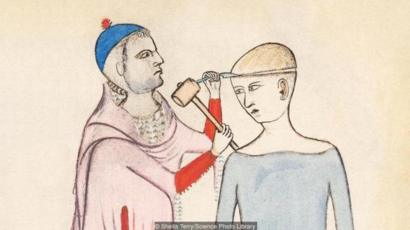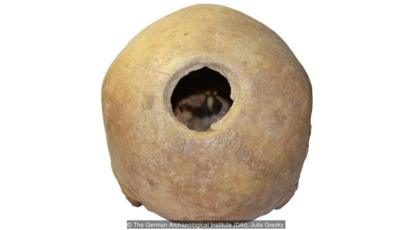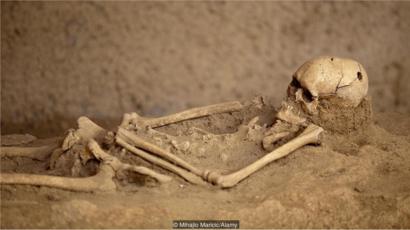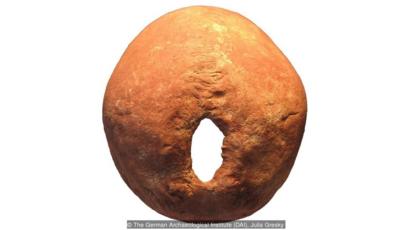નૃવંશશાસ્ત્રના અહેવાલો અનુસાર, વીસમી સદીમાં આફ્રિકા અને પોલિનેશિયામાં પણ ટ્રેપેનેશન જોવા મળતું હતું.
 SHEILA TERRY/SCIENCE PHOTO LIBRARY
SHEILA TERRY/SCIENCE PHOTO LIBRARY THE GERMAN ARCHAEOLOGICAL INSTITUTE (DAI), JULIA G
THE GERMAN ARCHAEOLOGICAL INSTITUTE (DAI), JULIA G SCIENCE PHOTO LIBRARY
SCIENCE PHOTO LIBRARY SCIENCE PHOTO LIBRARY/ALAMY
SCIENCE PHOTO LIBRARY/ALAMY MIHAJLO MARICIC/ALAMY
MIHAJLO MARICIC/ALAMY PHOTO RESEARCHERS INC/ALAMY
PHOTO RESEARCHERS INC/ALAMY THE GERMAN ARCHAEOLOGICAL INSTITUTE (DAI), JULIA G
THE GERMAN ARCHAEOLOGICAL INSTITUTE (DAI), JULIA G




No comments:
Post a Comment